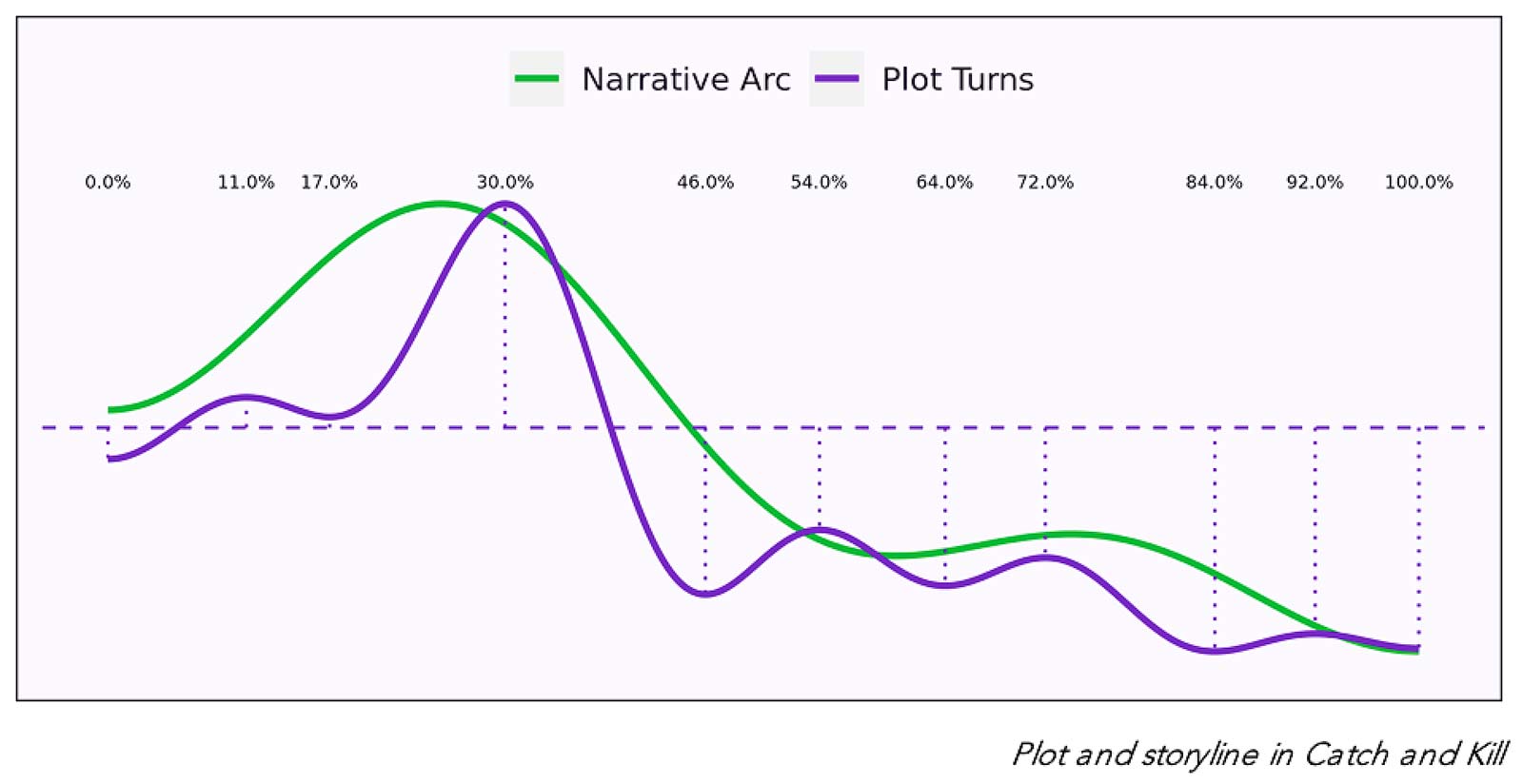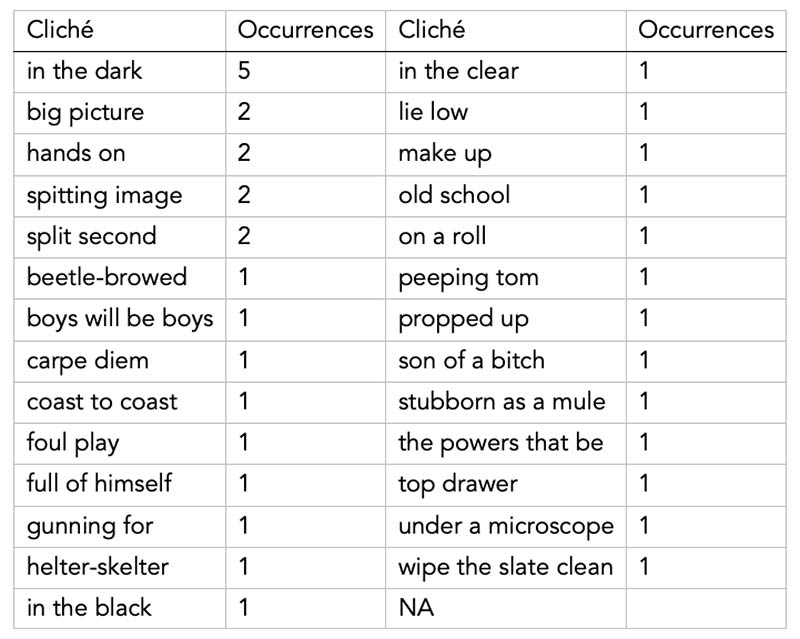Like other members of the author community, I’ve long been intrigued by the possibilities offered by artificial intelligence. If A.I.s can predict what kind of Netflix series and movies I’ll like, maybe an A.I. can tell me something about the thrillers I’m writing.
I suspect nearly all authors have the same angst about their books. Are they too dark? Do they contain too many tech references that go over people’s heads? Should I start Chapter 1 by introducing readers to a relatable protagonist or should I start out in media res, with gunfire and helicopter blades whirring and leaving it to a later chapter to explain what the hell is going on?
Well, it turns out that Marlowe, the A.I. created by Authors A.I. (I’m a co-founder), doesn’t have all the answers, but she offers a lot of actionable insights that any author would find eye opening.
It turns out that the value of this particular A.I. is not in telling you to “do this” but rather in pointing out “well, readers of bestselling novels seem to like x, y and z — have you thought about doing something along those lines in your story?”

Plot structure & narrative arc
There are a lot of aspects of this fiction-loving A.I. that I find fascinating, but today I want to spotlight just a couple of things that stood out to me in my 25-page full-color report. My thriller came out last year, so I’ll be making the most use of Marlowe in the years ahead as I develop new storylines and run early drafts through the A.I. But even as a retrospective analysis, Marlowe’s feedback is illuminating.
Let’s start with one of the most popular features in these reports: the plot structure and narrative arc.
Beginning writers tend to break out in hives when the conversation turns to narrative arc, that mysterious quality that all stories must have, unless you’ve written a novel with the emotional heft of a phone book. Here is how Marlowe sized up the plot of Catch and Kill:

Most authors, it’s fair to say, don’t visualize their plot on a graph — certainly not in quite this way. The graph was designed to depict changes in the emotional valence of the work … the emotional highs and lows, the peaks of triumph and valleys of despair experienced by the main characters, the plot turns, reversals, revelations, inflection points, the events that we authors sometimes call “progressive complications” that put the protagonist through sheer hell on his journey to set things right. At least, that’s the way we action thriller authors do it.
And, doggone it, Marlowe picked up on all of this. The generally positive opening chapters gave way to scenes that propelled Kaden toward her task of rescuing her sister and thwarting the bad guys. But her moments of victory are shortlived as the set pieces become darker (a brief torture scene) and darker yet (a firing squad).

Narrative beats: The rhythm of a story
One of the toughest challenges for any storyteller is in plotting her novel — spacing out the critical scenes just so. This is where I would have loved Marlowe looking over my shoulder as I conceived and hammered out my thriller. It’s a fairly cumbersome process to count up the words of each chapter and determine if you’ve created enough texture or breathing room before plunging your readers into the next harrowing scene. Well, Marlowe now makes that measurement a cinch. And a savvy storyteller can go in and rearrange a few things, maybe tweak the sequence of events slightly, to make the story work better.
On the whole, I was relieved to see the 11 major story beats that Marlowe identified and will be shooting in future manuscripts to keep the spacing between these pivotal scenes closer to 10% or thereabouts. After all, the steady pace of interesting things happening is what makes a book “unputdownable,” as fellow thriller author Mark Dawson puts it.
Pointing out cliches
A few weeks back, we added a cliche finder to our A.I. The idea is not to make sure your manuscript is cliche free — often these common expressions are the social lubricant that binds different people together and forms a common lexicon. Instead, the point is, do I really want to use the same phrase a half dozen times in my work when a fresher turn of phrase would work better?
Still, I was a bit nervous that Marlowe may have picked up on a host of cliches that I and my beta readers had overlooked. Here is what she found:

Had I run Marlowe before publishing Catch and Kill, I would have gone back and looked at where I popped in “stubborn as a mule” or maybe “spitting image” to see if another description might work better. But if that’s the worst you can throw at me, Marlowe, I can only imagine what you’d turn up in a Jackie Collins or Tom Clancy novel.
Run your own book through Marlowe
I could go into the other major sections like Pacing, Subject matter, Character traits and Dialogue vs. narrative, or the extensive writing and grammar tips, but I’ll leave it there for today. My takeaway? Marlowe won’t be whispering a terrific story premise into my ear anytime soon, but she will help me craft thrillers that hold my readers’ attention — and I’ll be able to write stories somewhat faster and better than before.
If you’re an author, you can run a Marlowe report for as little as $29.95 under a Pro Author plan. Give it a shot, compare your results to mine and tell us what you think!
GET FREE A.I. REPORTS






